#astronomyedit
Photo
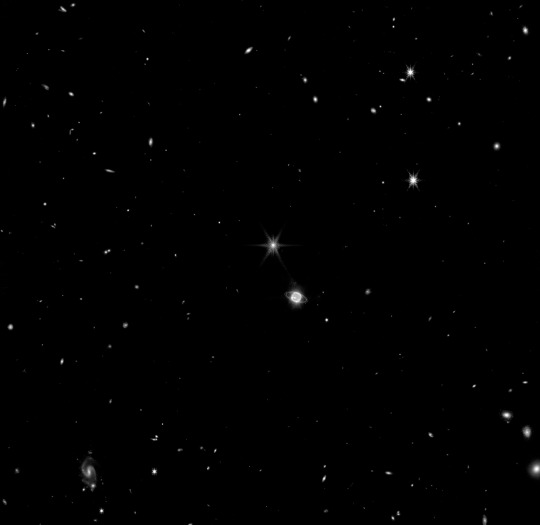

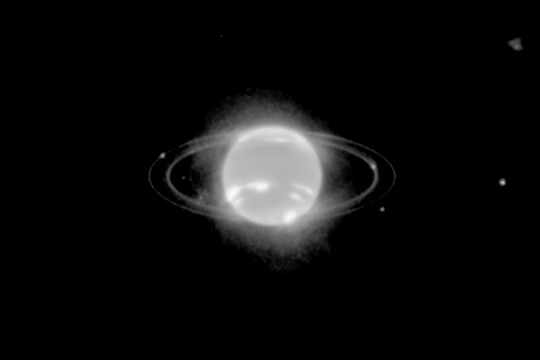
Webb’s latest image is the clearest look at Neptune's rings in 30+ years, and our first time seeing them in infrared light. Take in Webb's ghostly, ethereal views of the planet and its dust bands, rings and moons. (Some of these rings have not been detected since Voyager 2 flew by in 1989!)
Credit: NASA, ESA, CSA, and STScI
#space#spaceedit#astronomy#astronomyedit#spacesource#neptune#james webb space telescope#nasa#mine*#creatorlin#userjamie#usertuni#userhualians#userjidai#usersenka#it's so beautiful :')
13K notes
·
View notes
Text
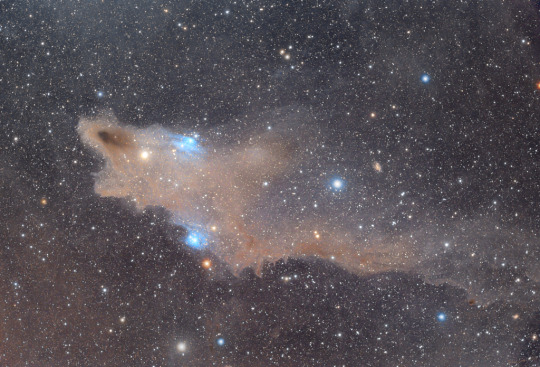

The Shark Nebula
The Shark Nebula, LDN 1235, is a faint cloud of interstellar gas and dust located approximately 650 light-years from us in the constellation Cepheus. The image spans about halfof its actual length of about 15 light years.
Telescope: 16″ f3.75 Dream Scope
Camera: FLI ML16803
1K notes
·
View notes
Photo



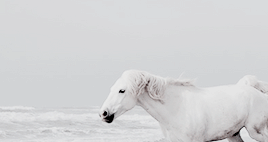
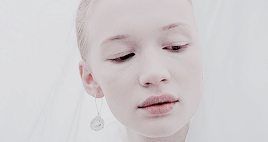
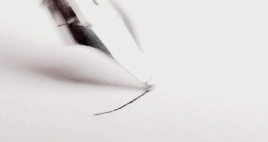


planets: mercury
The messenger of the Gods.
#palesource#gifmakersource#creatorssource#astrologicalnet#mercuryedit#planetsedit#astronomyedit#astrologyedit#solar system#myedits#planetarium#gifs*
1K notes
·
View notes
Photo


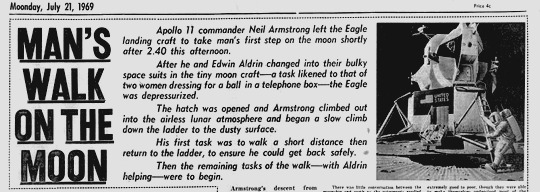
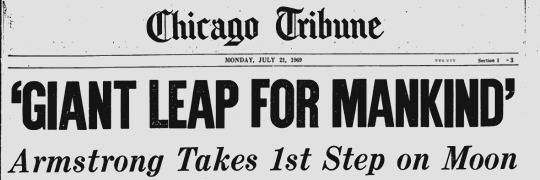





5 0 Y E A R S A G O
15K notes
·
View notes
Photo


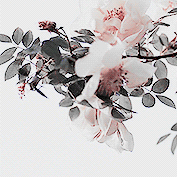


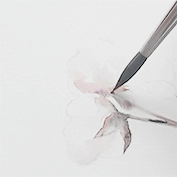


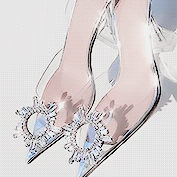
v e n u s smiles not in a house of tears.
happy birthday @villanaelle
#planets#venus#paleresource#gifmakersource#creatornetwork#creatorssource#astrologicalnet#astronomyedit#astrologyedit#usersabrina#userdimi#tuserchloe#userchelsea#usernise#astrology#mine#misc#*gif
408 notes
·
View notes
Photo





video
59 notes
·
View notes
Photo



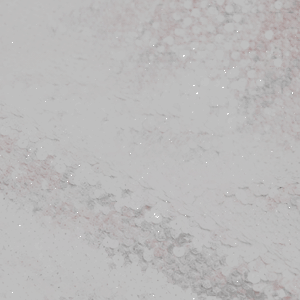

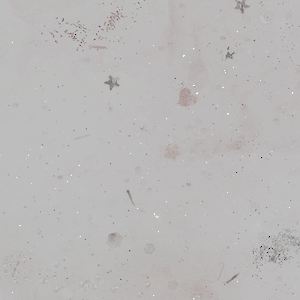
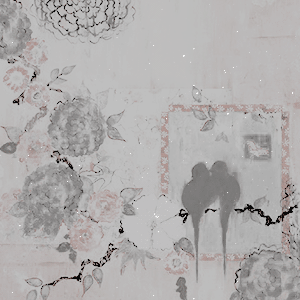


astronomy moodboards ♡ pluto, the dwarf planet •.★
url graphic for » @pltuo ♡
#astronomyedit#spaceedit#spacesource#galaxyedit#pluto#pltuo#usercecilie#useraustens#usersari#userree#userluiza#**#*mb#astro#500
512 notes
·
View notes
Photo
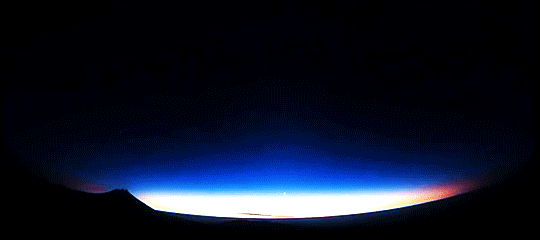

“we're made of star stuff. we are a way for the cosmos to know itself.” — carl sagan
529 notes
·
View notes
Photo
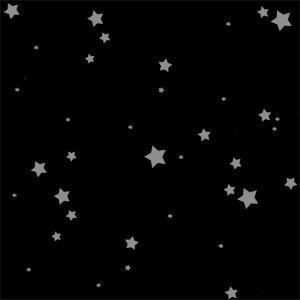

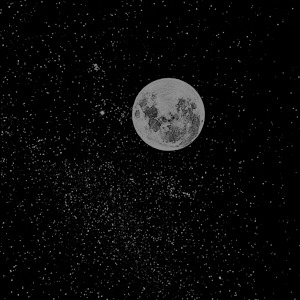





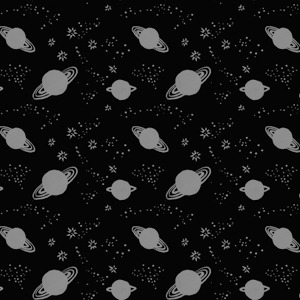
space moodboard
2K notes
·
View notes
Photo




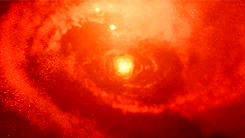


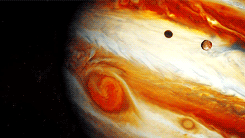
Nature is more than a scientist, an engineer. It’s an artist on the grandest of scales and this is a masterpiece.
#astronomy#space#universe#stars#astronomyedit#my gifs#journey to the edge of the universe#documentary
1K notes
·
View notes
Photo

A little-studied star, TYC 3203-450-1, upstages a galaxy in this Hubble Telescope image from December 2017. Both the star and the galaxy are within the Lizard constellation, Lacerta. However, the star is much closer than the much more distant galaxy. Astronomers studying distant objects call these stars “foreground stars” and they are often not very happy about them, as their bright light is contaminating the faint light from the more distant and interesting objects they actually want to study.
Credit: ESA/Hubble & NASA
#space#astronomy#spaceedit#astronomyedit#spacesource#stars#starsedit#galaxy#galaxies#mine*#creatorlin#userjamie#usertuni#userhualians#usersenka#userjidai#the astronomers are wrong :( the star is very interesting!!! it makes me happy
452 notes
·
View notes
Photo

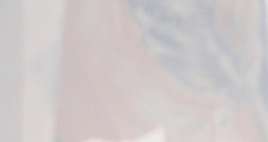




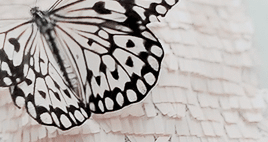

planets: saturn
She's a yellow pair of running shoes, a holey pair of jeans. she looks great in cheap sunglasses, she looks great in anything. She's a saturn with a sunroof with her hair blowing. She's a warm conversation I wouldn't miss for nothing. She's a fighter when she's mad and she's a lover when she's loving.
#palesource#gifmakersource#creatorssource#astrologicalnet#astronomyedit#astrologyedit#planetsedit#saturnedit#myedits#gifs*#planetarium
934 notes
·
View notes
Photo

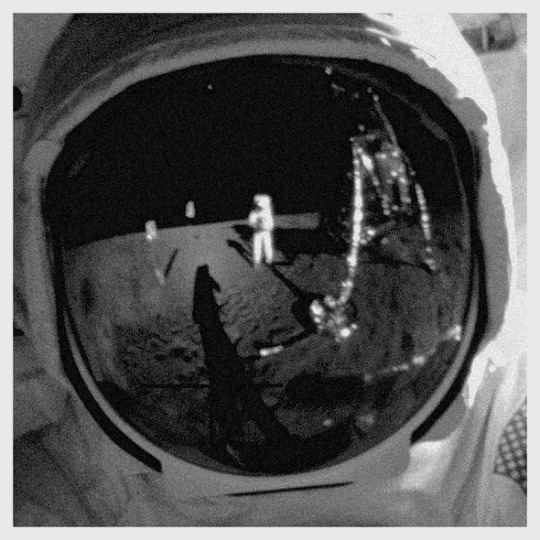
Aldrin, Armstrong, and the moon.
312 notes
·
View notes
Photo
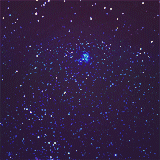




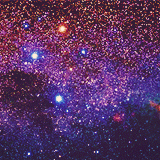
319 notes
·
View notes
Photo

A STAR IS BORN!
Behind the curtain of dust and gas in these “Cosmic Cliffs” are previously hidden baby stars, now uncovered by Webb. The image is divided horizontally by an undulating line between a cloudscape forming a nebula along the bottom portion and a comparatively clear upper portion. Speckled across both portions is a starfield, showing innumerable stars of many sizes. The smallest of these are small, distant, and faint points of light. The largest of these appear larger, closer, brighter, and more fully resolved with 8-point diffraction spikes. The upper portion of the image is blueish, and has wispy translucent cloud-like streaks rising from the nebula below. The orangish cloudy formation in the bottom half varies in density and ranges from translucent to opaque. The stars vary in color, the majority of which have a blue or orange hue. The cloud-like structure of the nebula contains ridges, peaks, and valleys – an appearance very similar to a mountain range. Three long diffraction spikes from the top right edge of the image suggest the presence of a large star just out of view.
Credit: NASA, ESA, CSA, and STScI
#carina nebula#space#spaceedit#astronomy#astronomyedit#spacesource#nebula#stars#james webb space telescope#nasa#mine*#creatorlin#userjamie#usertuni#userhualians#userjidai#usersenka#she's absolutely beautiful :')#forever grateful for the jwst!
281 notes
·
View notes